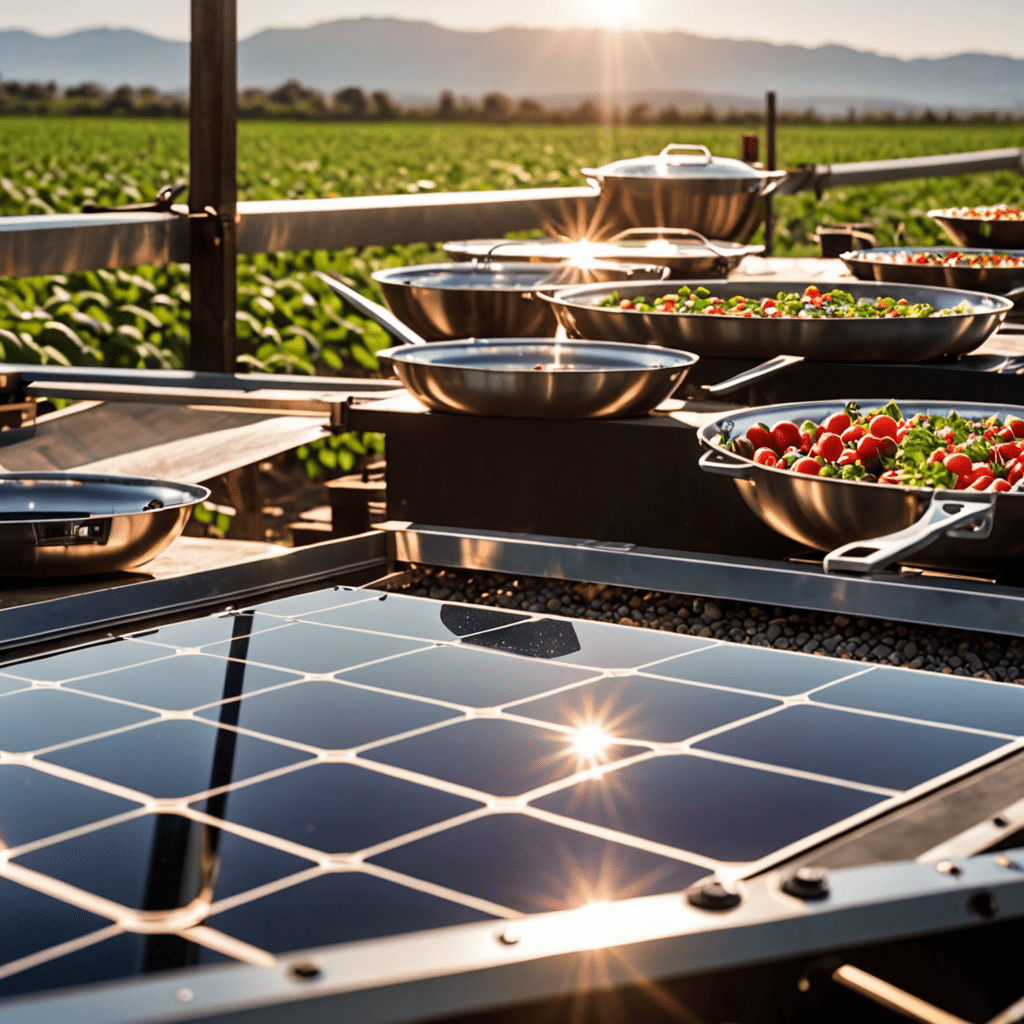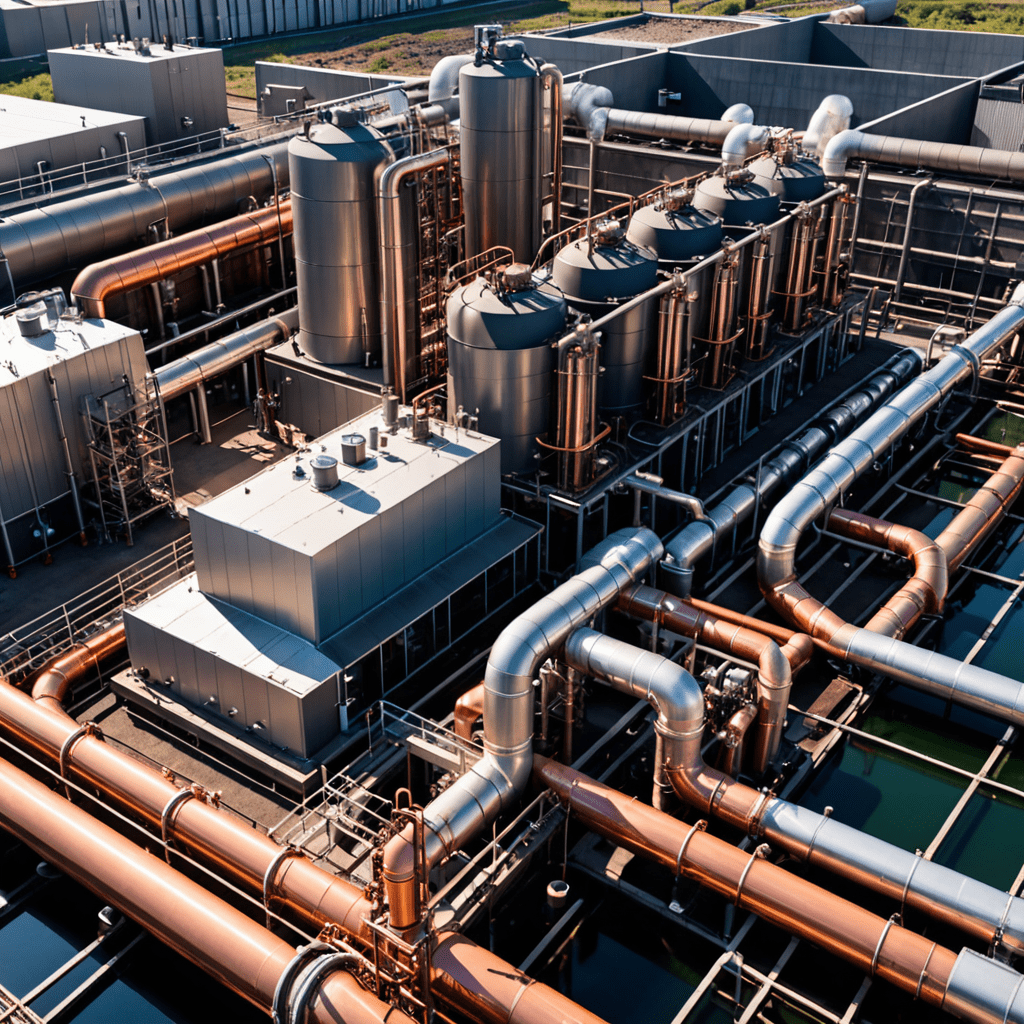
The Circular Economy and Biochar Production from Biomass
1. Introduction to the Circular Economy Concept
The circular economy is a regenerative system in which resources are used efficiently, reused, and recycled to reduce waste and environmental impact. It aims to create a sustainable model by closing the loop in production and consumption cycles.
2. Understanding Biochar and its Benefits
Biochar is a type of charcoal produced from biomass such as agricultural waste, wood chips, or manure through a process called pyrolysis. Biochar can improve soil fertility, sequester carbon, and enhance crop yields, making it a valuable resource in agriculture.
3. Biochar Production Process
The production of biochar involves heating biomass in a low-oxygen environment to prevent combustion. This process converts the biomass into a stable form of carbon that can be added to soil to enhance its quality and productivity.
4. Biochar in the Circular Economy
Integrating biochar production into the circular economy promotes sustainable practices by utilizing biomass waste to create a valuable soil amendment. Biochar helps close the loop by recycling organic matter and sequestering carbon, contributing to environmental preservation.
5. Environmental Benefits of Biochar Utilization
By incorporating biochar into agricultural practices, soil health is improved, water retention is enhanced, and carbon is stored in the ground for long periods, reducing greenhouse gas emissions. Biochar also helps mitigate climate change by offsetting carbon dioxide in the atmosphere.
6. Economic Opportunities of Biochar Production
The production and utilization of biochar create economic opportunities for farmers, landowners, and industries involved in sustainable agriculture. By converting waste biomass into a valuable resource, biochar production contributes to job creation and resource efficiency.
7. Conclusion: Harnessing Biochar in a Circular Economy
Embracing biochar production as part of the circular economy framework offers a sustainable solution for managing biomass waste and improving soil fertility. By recognizing the potential of biochar in agriculture and environmental conservation, we can move towards a more circular and resource-efficient system.
FAQs about The Circular Economy and Biochar Production from Biomass
What is the Circular Economy?
The Circular Economy is an economic system aimed at eliminating waste and promoting the continual use of resources. It focuses on designing products that can be reused, recycled, or repurposed, thereby reducing the consumption of new resources.
How does Biochar Production fit into the Circular Economy?
Biochar Production involves converting biomass, such as agricultural waste or forestry byproducts, into biochar through a process called pyrolysis. Biochar can be used as a soil amendment to improve soil health and sequester carbon, thus closing the loop in the circular economy by repurposing waste into a valuable resource.
What are the benefits of integrating Biochar Production into the Circular Economy?
By incorporating Biochar Production into the Circular Economy, we can reduce the amount of biomass waste going to landfills, improve soil fertility and carbon sequestration, and create a sustainable approach to managing resources. This integration promotes eco-friendly practices and supports a more efficient use of natural resources.


